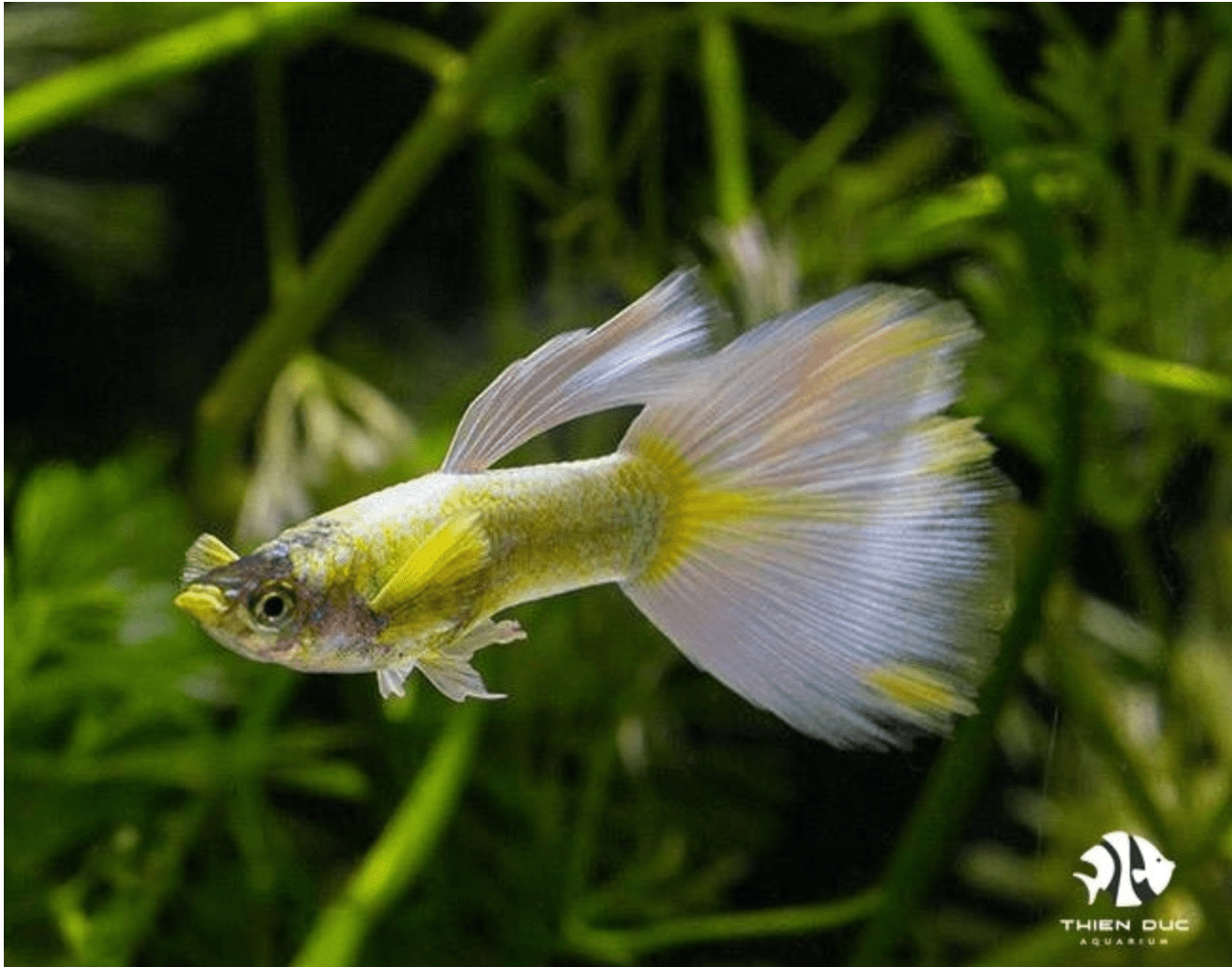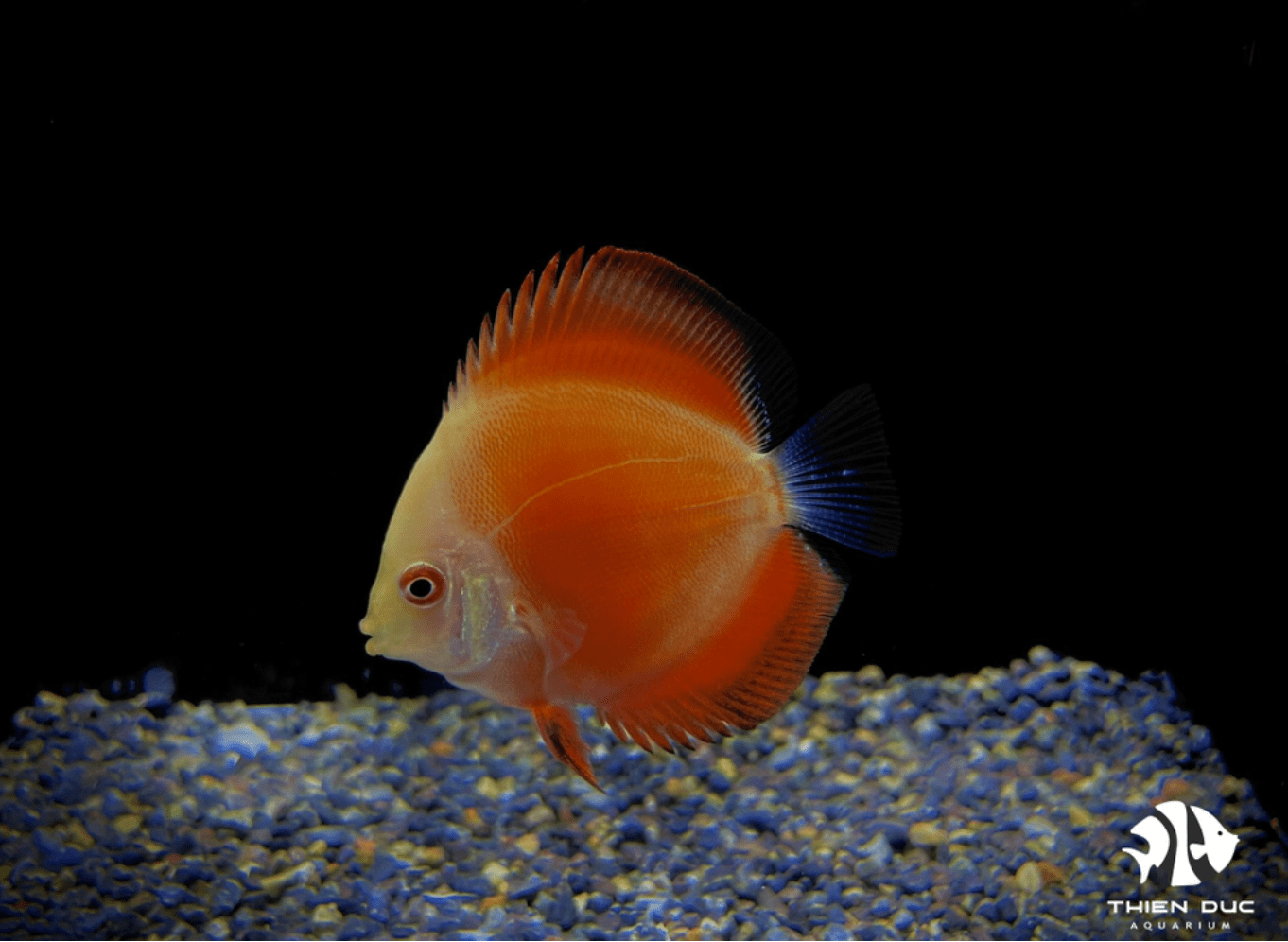Betta Fish Breeding Stock - Guide to Selecting Broodstock
Breeding Betta fish is the ultimate expression of passion for many European hobbyists. The key to a successful project—resulting in healthy, high-quality fry—lies in the careful selection of your parent fish. At THIENDUC AQUARIUM, we have specialized in exporting premium freshwater ornamental fish since 2012. Understanding the high standards of our EU clients, this guide shares our expertise on selecting the ideal male and female bettas to ensure your project starts with the strongest possible foundation.
General Considerations for Both Sexes
Before we examine the specific characteristics of males and females, certain universal principles apply to any fish being considered for a breeding program. These foundational elements are non-negotiable and form the bedrock of a responsible and successful breeding line.
Health is Non-Negotiable
This is the cardinal rule of selecting Betta Fish Breeding Stock. No amount of perfect form or stunning colour can compensate for poor health. A weak or sick parent will lack the stamina for the rigorous courtship and spawning process and can pass on pathogens or genetic predispositions to illness to the entire batch of fry. When evaluating a potential candidate, look for a suite of positive indicators.
Signs of a Healthy Betta:
-
Active and Alert Behavior: A healthy Betta is curious, responsive, and moves with intent.
-
Vibrant, Rich Coloration: Deep, radiant colours are a direct reflection of good health and diet.
-
Full, Undamaged Fins: Fins should be immaculate, free from tears, holes, rot, or clamping (being held tightly against the body).
-
Clear Eyes and Smooth Scales: Eyes should be sharp and clear, and scales should lie flat and smooth.
-
No Visible Signs of Disease: Be vigilant for common ailments like Ich (white spots), Velvet (gold dust), or fungal patches.
Conversely, you must learn what to avoid. Any fish displaying lethargy, faded colours, persistent fin damage, bloating, or any physical abnormalities should be immediately disqualified from your breeding plans. A successful project is built on a foundation of vitality.

Optimal Age for Breeding
Timing is crucial in the life of a Betta. For breeding purposes, the ideal age range is between 4 and 12 months old. Fish within this window are sexually mature, at their physical peak, and possess the energy and vitality required to endure the stressful breeding process and produce the healthiest offspring.
Fish younger than four months may not be fully developed, leading to smaller spawns or complications. Older fish, particularly those over a year old, may experience a decline in fertility and vigour, potentially resulting in weaker fry or a higher number of unfertilized eggs.
Genetics and Lineage
The genetic makeup of your parent fish is the blueprint for their offspring. At THIENDUC AQUARIUM, where we manage extensive production systems and source unique wild-caught specimens from across Southeast Asia, we appreciate the profound impact of strong genetics.
When selecting your Betta Fish Breeding Stock, consider the source. Sourcing from a reputable producer or breeder often provides invaluable information about the fish's lineage, helping you predict the traits of the fry. This is especially important if you are breeding to achieve a specific fin type, such as a perfect Halfmoon, or a complex colour pattern like a Koi or Marble.
Pet store fish, while beautiful, often have unknown genetics, making the outcome a lottery. Your goal dictates the importance of a known lineage. Furthermore, always avoid breeding fish with known genetic defects like spinal deformities or "spoon-head," as these traits can be passed on, compromising the health of your future fish.

Selecting the Male Broodstock
The male Betta is often the centrepiece of a display tank, and in breeding, his role is equally critical. He is responsible for building the nest, courting the female, and guarding the eggs and fry. Selecting a prime male is about balancing aesthetics with instinct.
Qualities of the Body (Phenotype)
-
Body: A top-tier male should have a strong, thick, and well-proportioned body. He should appear robust and powerful, not skinny or stunted.
-
Finnage: This is often a primary focus. Look for Symmetry and Form appropriate to the fin type. A Halfmoon, for instance, should have a caudal (tail) fin that forms a perfect 180-degree "D" shape. The fin rays should be strong, straight, and well-branched, not bent or weak, as this provides the structure for the impressive fins.
-
Coloration: The colour should be deep, intense, and clean. For solid-coloured fish, the colour should be consistent and even. For patterned varieties, the lines and patches of colour should be crisp and well-defined. This is a key indicator when choosing your Betta Fish Breeding Stock.
Behavioral Indicators
A beautiful male is useless for breeding if he lacks the right instincts.
-
Nesting Instinct: A male in prime breeding condition will be an enthusiastic bubble nester. Look for a fish that builds large, thick, and well-constructed nests even without a female present. This is a clear signal that he is ready and eager to breed.
-
Controlled Aggression: A healthy male should be vigorous, flaring energetically at his reflection or other males. This display is not just aggression; it's a sign of excellent health, confidence, and vigour—qualities essential for a successful courtship. Choosing a male with these behaviours is a vital step in selecting your Betta Fish Breeding Stock.

Choosing the Female Broodstock
Often overlooked, the female is 50% of the genetic equation and equally important to the success of a spawn. A quality female will provide superior genetics and a larger, healthier batch of eggs.
Physical Attributes (Phenotype)
-
Body Shape: The ideal female should possess a thick, rounded body. This is a sign of good conditioning and indicates she is likely developing or "gravid" with eggs.
-
Breeding Readiness: Two key physical signs indicate a female is receptive. First, the presence of Vertical Bars (Breeding Stripes) on her body. These up-and-down stripes are a clear signal of her readiness. Second, a prominent Ovipositor (Egg Spot). This small white tube behind her ventral fins becomes more noticeable when she is full of eggs.
-
Finnage and Color: Though her fins are shorter, they should be in perfect, undamaged condition. Her colour, like the male's, should be as rich and vibrant as possible for her type. A well-chosen female is a cornerstone of a superior Betta Fish Breeding Stock.
Behavioral Indicators
When introduced to a view of the male (for instance, by placing their tanks side-by-side), a receptive female will often display her breeding stripes, swim curiously back and forth, and show interest. While some flaring is normal, she should not exhibit extreme, prolonged aggression or terror. This curiosity is the behaviour you want in your chosen Betta Fish Breeding Stock.
Pairing Strategy
Selecting two outstanding individuals is only half the battle; pairing them wisely is what truly defines a breeder's skill. The goal is to produce offspring that are an improvement upon the parents.
-
Complementary Traits: The golden rule is to pair fish that compensate for each other's weaknesses. For example, if you have a male with a spectacular 180-degree caudal fin but a slightly washed-out colour, pair him with a female who may have a less-than-perfect fin spread but boasts exceptional, deep coloration. This strategic pairing is fundamental to improving your Betta Fish Breeding Stock over generations.
-
Line Breeding vs. Outcrossing: These are two advanced concepts. Line breeding involves breeding related fish (e.g., father to granddaughter) to "lock in" desirable traits. Outcrossing involves introducing entirely new bloodlines to enhance vigour and genetic diversity. With our access to both selectively bred lines and wild-caught Betta, THIENDUC AQUARIUM provides European breeders with fantastic opportunities for outcrossing projects.
-
Size Compatibility: For a safe and effective courtship, the male should ideally be the same size or slightly larger than the female. A much larger male can be overly aggressive, while a smaller male may be intimidated.
Conclusion
The key to a fulfilling Betta breeding journey is the diligent selection of your Betta Fish Breeding Stock. Success is built by prioritizing the principles outlined in this guide: health, age, genetics, physical form, and behavior. At THIENDUC AQUARIUM, we are dedicated to providing breeders across Europe with fish that meet these exacting standards. A well-chosen foundation is your greatest asset, and this guide will help you select your next Betta Fish Breeding Stock with confidence.
For inquiries about sourcing high-quality Betta Fish Breeding Stock and other freshwater ornamental fish for the European market, please contact us.
Contact Information:
-
Address: 57 Le Thi Sieng, Tan Thong Hoi, Cu Chi, Ho Chi Minh City, Viet Nam
-
Mobile: +84903912501
-
Office: +84982577871
-
Email: thien@thienducaquarium.com










